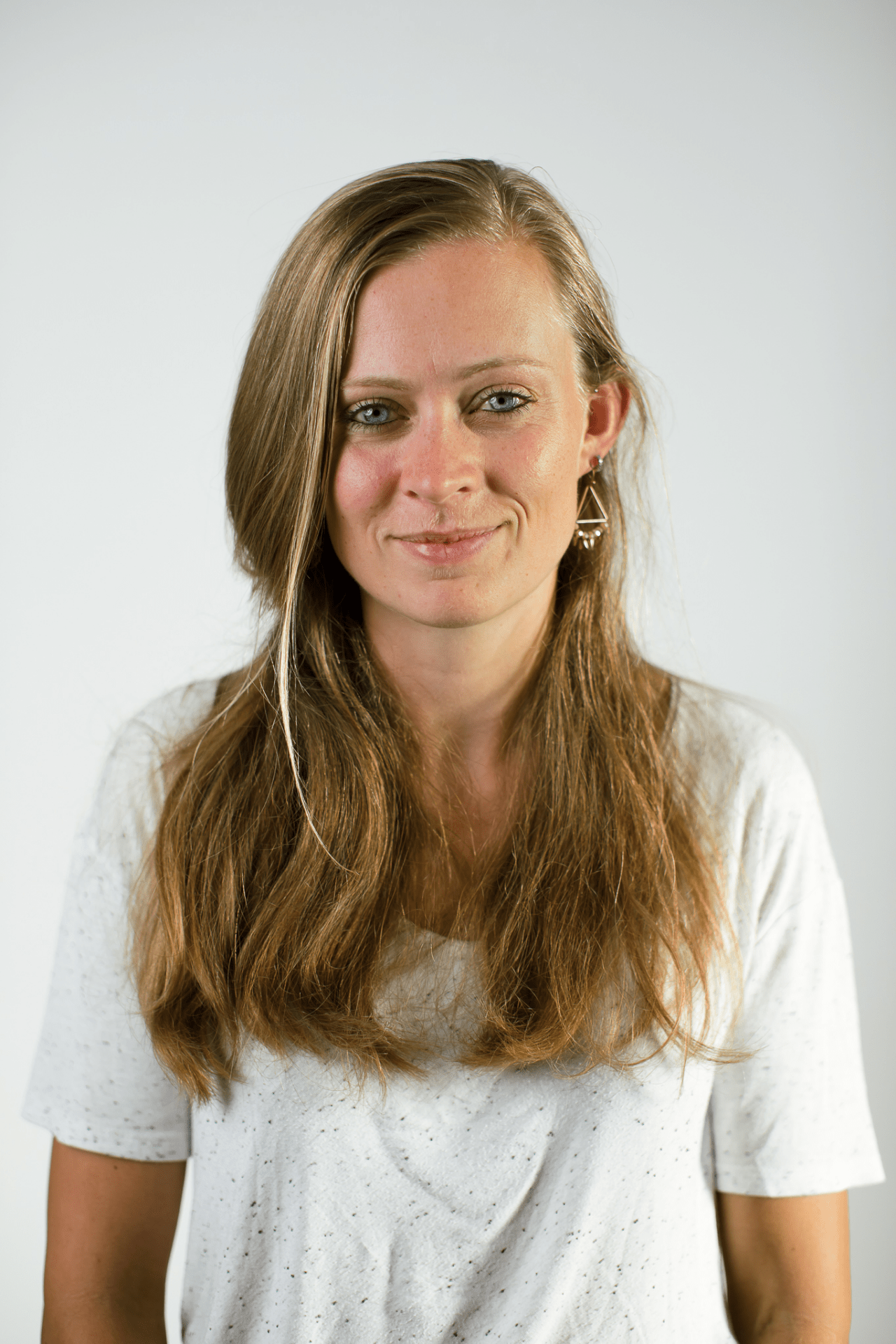For her doctoral research, Esti is looking into the important issue of stillbirth and neonatal deaths, an issue that disproportionately affects South Asian communities. Esti shares some of her thoughts on this research for which there is still so many questions left unanswered.
Stillbirth and neonatal death stories are hard to listen to. Although researching this field has made me a bit more immune to the terminology, hearing or reading experiences of parents who have lost a child impress every time, and remind me of the importance of our work. As a childless woman of Dutch heritage, I can personally only start to imagine what it is like to have a stillborn baby, let alone how it affects people within other communities. Sadly this devastating events occurs more often among South Asian women, than any other groups in New Zealand. Over the discourse of my PhD, I have heard several people say that ‘every South Asian person has experience with perinatal death’ [stillbirth and/or neonatal death], ‘may it be personal, within the family, or as part of a wider community’. Although it is globally acknowledged that adverse pregnancy outcomes occur more often among Indigenous or migrant groups; women of South Asian ethnicity seem to stand out in this statistic within all high-resource countries. It therefore only seems fair to shine a light on the matter, to collectively try to understand the reasons why, and to come up with interventions to reduce the burden. My PhD… is unfortunately just the start.
In recent years, with increasing migration patterns, a universal interest has emerged into pregnancy complications among South Asian women. The more I read, analyse, and learn, the more I understand how complex this topic is; which I hope to one day fully comprehend. Not only do South Asian women suffer from perinatal death, but they are also overrepresented in preterm birth (delivery of a baby before 37 weeks gestation), diabetic disorders (both pre-existing, as developed during pregnancy), and birth interventions (think of caesarean section, complicated vaginal births, and induction of labour). Each of these have the ability to take me down a rabbit hole of literature and hypotheses. What is the relationship between these pregnancy complications? What is the origin of these issues? It is frustrating when data availability or quality prevent me from testing my thoughts. But as always in research, we try to work with what we have.
We approached this research from different angles. We firstly defined ‘South Asian’ ethnicity, based on pregnancy risk profiles, outcomes and cultural differences and similarities (which will soon be published in ANZJOG – keep an eye out). We then analysed clinical data and compared this to international literature, read over 1600 placental pathology reports (ie when a placenta is sent to the laboratory for investigation), and much more. We were able to identify some interesting findings, and hypothesise that there is a strong relationship with metabolism. But at this moment the question remains: how does it all fit together? What is the effect of genetics and epigenetics, versus environmental factors? There are so many avenues we haven’t explored yet, such as diet and other lifestyle factors.
I wish I could supply all the answers, and we could progress to the stage of developing tailored solutions. But at the moment this is where we’re at. Having said that, it feels good to know that this research – and all the effort put into it by everyone involved -, will contribute to this cause one way or another. Every death is one too many, so let’s get onto it.

About the author
Dr Esti de Graaff
e.degraaff@auckland.ac.nz
Esti is a medical doctor from the Netherlands, with a specific interest in Obstetrics and Gynaecology.
She came to Aotearoa New Zealand for her PhD on adverse pregnancy outcomes in the South Asian community, and hopes to one day combine clinical practice with ongoing stillbirth research.
